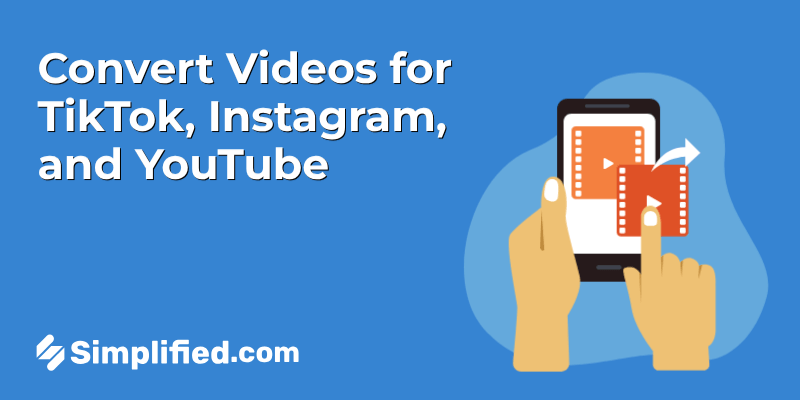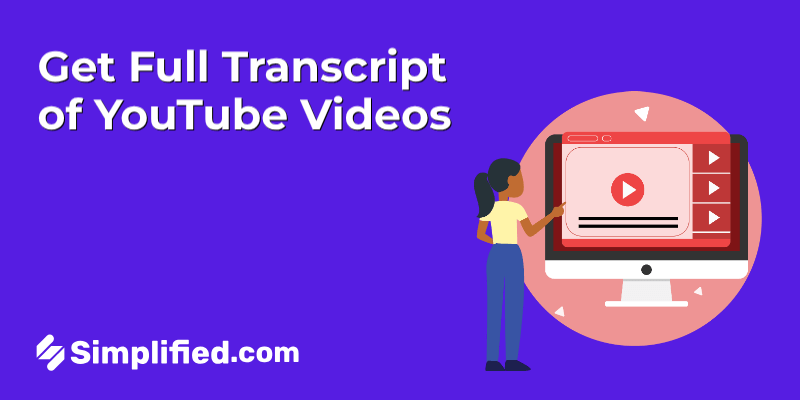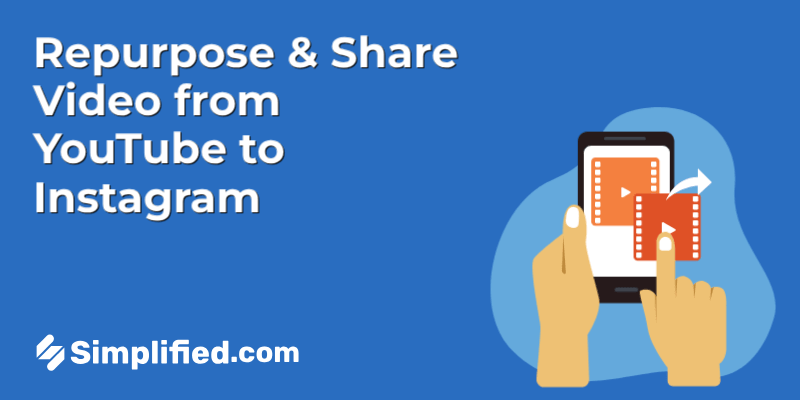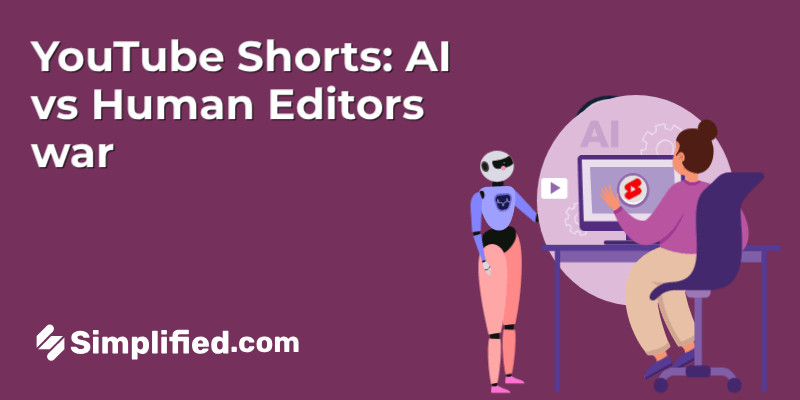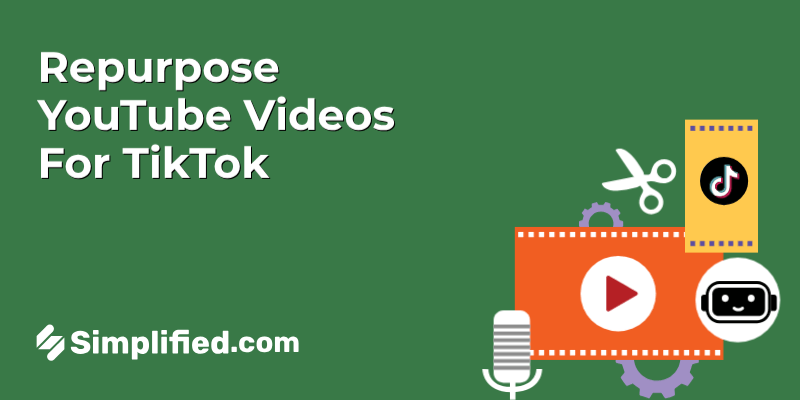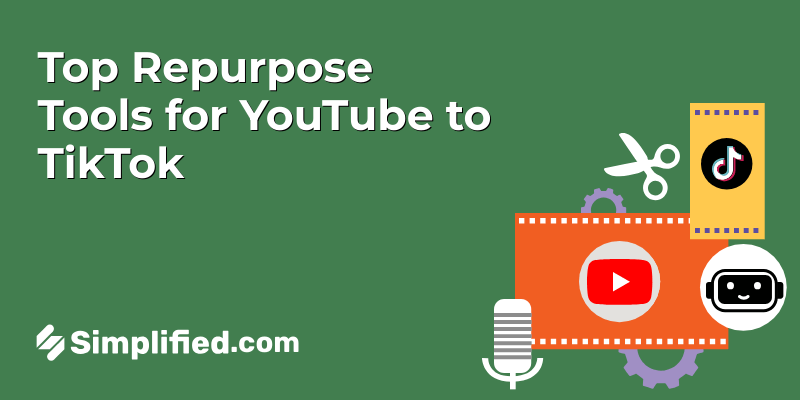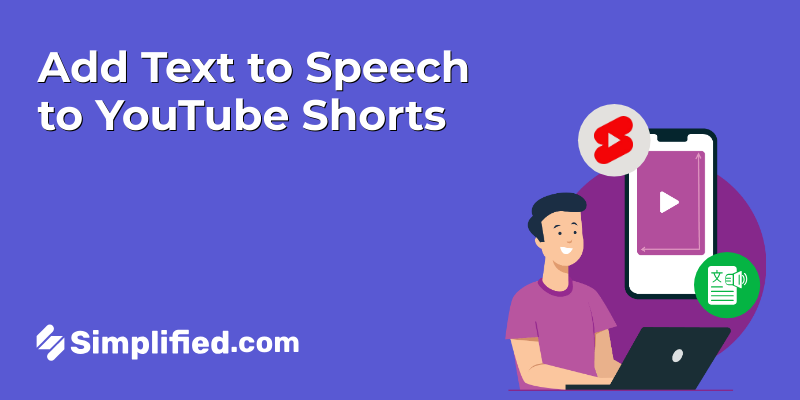
If you’re a creator on YouTube, you know that getting your audience to stick around for the full video isn’t always easy—especially with YouTube Shorts. With over 2.5 billion monthly logged-in users, the competition is fierce, and it’s hard to make your content stand out. But there’s one thing that can make a huge difference in whether viewers keep watching: audio quality.
Did you know that 88% of viewers say they’re more likely to watch a Short to the end if the audio sounds good? That’s a pretty big deal, right? Fortunately, there’s a tool that’s been helping creators keep their audience engaged: text to speech YouTube Shorts. Over the past year, the adoption of text to speech technology for YouTube Shorts has surged by an impressive 300%, as creators increasingly recognize its value.
Whether you’re short on time, prefer not to use your own voice, or simply want to add a professional touch, text to speech for YouTube Shorts can make a huge difference. This technology allows you to add clear, natural-sounding voiceovers to your videos, making them sound polished and engaging. In this guide, we’ll show you exactly how to add text to speech to your YouTube Shorts, how to make the voice sound as natural as possible, and how to ensure your videos resonate with your audience.
Understanding YouTube Shorts and AI Voiceover Technology
YouTube Shorts has become a popular way for creators to share content with a wide audience. These short, 60-second videos attract millions of viewers, and adding text to speech in YouTube Shorts can help you reach even more people. Let’s look at how it works:
- YouTube Shorts Popularity: With over 50 billion daily views, Shorts are a key format for creators who want to grab the attention of a large audience.
- Importance of Good Audio: Viewers process audio 22% faster than they do visuals. This means that having clear, well-produced audio can keep your audience interested in watching your video all the way through.
- Text to Speech Technology: Today’s text to speech systems can create voices that sound almost like a human’s. These systems have become more accurate, reaching up to 95% of a natural human voice, making them a reliable choice for ai voiceovers in your videos.
- AI Voice Quality: Studies show that 70% of viewers cannot tell the difference between an AI voice and a human one. This makes text to speech for YouTube Shorts a practical option for creators who need professional-sounding audio.
Bonus: How to Turn Long podcast Episodes into YouTube Shorts?
Why Use AI Voiceovers for YouTube Shorts?
- Save Time: With text to speech YouTube Shorts, you don’t need to spend time recording and editing your voice. The AI system creates a voiceover quickly, so you can focus more on creating content.
- Consistency: Using AI voices can help keep the tone of your videos the same from one video to the next. This consistency can help build a strong identity for your channel.
- No Need for a Mic: If you don’t want to use your own voice or don’t have access to professional recording equipment, text to speech is a great alternative.
In short, text to speech for YouTube Shorts offers an easy way to improve the quality of your videos, save time, and make sure your audience stays engaged.
Bonus: How to Turn Old Video Into Viral Youtube Shorts
How to Add Text to Speech on Youtube Shorts

Adding text to speech for YouTube Shorts is a straightforward process that can dramatically improve the quality and engagement of your content. Whether you’re a seasoned creator or just starting out, here’s how you can easily add AI-generated voiceovers to your Shorts.
1. Prepare Your Script
- Begin by writing a concise script that matches the video’s length. For 15-second Shorts, keep it between 30-40 words, for 30-second videos aim for 60-80 words, and for 60-second Shorts, aim for 120-150 words.
- A clear, direct script ensures the voiceover sounds natural and flows well.
2. Select Your Voice
When selecting the right voice for your YouTube Shorts, consider the type of content and the tone you want to convey. Here’s a breakdown of some voice styles to choose from:
- Energetic and Excited: Best for gaming, entertainment, or event announcements.
- Friendly and Casual: Ideal for lifestyle, vlog, or casual content.
- Professional and Clear: Works well for tutorials, educational videos, and business-related content.
Bonus: YouTube Shorts Vs TikTok Ads: Where Should You Advertise?
3. Customize Voice Settings
- Pitch: Adjust the pitch based on the vibe you want. Higher pitches sound youthful, while lower ones feel more authoritative.
- Speed: Match the pacing of your video. If the content is fast-paced, a quicker voice is ideal. For educational videos or slower content, a slower pace is preferable.
- Tone: Depending on your content, you might want to adjust the tone to sound warmer, neutral, or more enthusiastic.
4. Generate Audio
- Once you’ve finalized the script and voice settings, head to Simplified, where you can paste your script and generate the voiceover.
- The platform will instantly convert your text into an AI-generated voice, ready to be downloaded.
5. Sync the Voiceover with Your Video
- After downloading the TTS audio file from Simplified, import it into your video editing software.
- Align the voiceover with your visuals by adjusting the timing. Trim any unnecessary pauses, or adjust the audio to better match the pace of your video.
- Ensure the voiceover is at the correct volume level and doesn’t overpower other audio components, like background music.
By following these steps, you’ll be able to easily integrate text-to-speech for YouTube Shorts and amplify the overall quality of your content without spending too much time on manual voice recording. Simplified makes the entire process quick, efficient, and accessible for creators of all skill levels.
Bonus: Opus Clips vs Pictory vs Simplified: Which Tool is Better For Youtube Shorts?
How to Add Text to Speech on YouTube Shorts Based on Target Audience
Adding text-to-speech (TTS) to your YouTube Shorts can make your content more engaging and accessible. The process can be tailored to different types of creators or personas, ensuring that your video reaches its intended audience effectively. Here’s how different personas can approach adding text-to-speech on YouTube Shorts.
1. Content Creators Looking for Accessibility
Creators who aim to make their content more accessible for people with hearing impairments or those in sound-sensitive environments will benefit greatly from TTS features. By adding TTS, they ensure that the message is clear without the need for captions or additional text.
How to Use It:
- Choose a clear and neutral voice style.
- Ensure the TTS feature reads any important visual information like instructions, titles, or keywords for clarity.
2. Educational or Tutorial Content Creators
For educational channels or tutorials, TTS can help deliver information clearly and consistently. This is especially beneficial for channels that rely on explaining complex topics, as TTS can add a layer of professionalism.
How to Use It:
- Ensure that the TTS voice is easy to understand and aligns with the content’s tone.
- Break down complex ideas into bite-sized portions, with the TTS feature helping to explain each step effectively.
3. Entertainers and Vloggers
For entertainers or vloggers, TTS can add a fun, quirky element to their videos, attracting a wider audience. It can be used for comedic effects or to make the content feel more lighthearted.
How to Use It:
- Select a voice that fits the mood of your content—something fun or offbeat.
- Pair TTS with sound effects or music to amplify the entertainment factor.
4. Brand Creators or Small Businesses
Businesses looking to promote products or services can use TTS to provide key details in a quick, professional manner. This helps convey information efficiently while adding a personalized touch.
How to Use It:
- Use TTS to highlight product features, sales, or promotional messages.
- Choose a voice that represents your brand—whether professional or friendly.
5. Influencers and Social Media Marketers
Influencers or marketers often use TTS to add personality to their content, especially for promoting trends or interacting with their followers. TTS can help make content feel interactive and approachable.
How to Use It:
- Use TTS for captions, quotes, or shoutouts in your video.
- Try experimenting with different voices to see what resonates best with your audience.
By understanding the type of content you create and your audience, you can effectively use the text-to-speech feature on YouTube Shorts to enhance engagement and reach your goals.
Practical Use Cases for Text to Speech in YouTube Shorts:
Text to speech (TTS) for YouTube Shorts can significantly improve content across various genres.
- Educational Videos: TTS ensures information is conveyed clearly and consistently, making educational Shorts accessible to a wider audience.
- Product Tutorials: With TTS, creators can provide clear, step-by-step instructions for products, enhancing viewer understanding.
- Storytelling: TTS offers a dynamic and engaging way to tell stories, keeping the audience’s attention.
- International Content: Creators can cater to global audiences by translating and voicing content in multiple languages.
- Accessibility: TTS is invaluable for creators with speech impairments, ensuring they can still create engaging content.
Bonus: Best Time to Post on YouTube: Videos & Shorts
Industry-Specific Use Case Breakdowns:
- Finance Shorts: TTS can provide a professional voice for data-heavy content, ensuring clarity and credibility.
- Comedy Shorts: AI voices can mimic characters, adding humor and personality to sketches and skits.
- DIY/Crafting: TTS helps creators give detailed instructions without needing to speak on camera.
- Travel Content: TTS can describe locations or provide narration while showcasing visuals and ambient sounds.
- Fashion/Beauty: TTS is used to describe products and techniques, syncing well with visuals.
- Technology Reviews: TTS is ideal for narrating technical specifications with authority and precision.
- Gaming Content: TTS can be used to narrate gameplay or explain in-game strategies.
How to do Text to Speech on Youtube Shorts
Text-to-speech (TTS) is a helpful tool for YouTube Shorts, offering a way to add voiceovers to videos without recording your own voice. It can be useful for creators looking for an easy way to add narration or make their content more accessible.
Why Use Text to Speech?
- No Need for Voice Recording – Great for creators who prefer not to use their own voice.
- Accessibility – Helps viewers who may have difficulty with audio or need translations.
- Consistent Voice – Provides a steady narration for tutorials, explainers, or stories.
Choosing a TTS Tool
- AI-Based Voices – Options like Simplified, ElevenLabs, CapCut, and Speechify offer natural-sounding voices.
- Customization – You can change speed, tone, and pitch to fit the style of your content.
- Syncing with Video – Some tools let you add and adjust the voiceover to match the video directly.
How It Helps Your Shorts
- Quick Setup – No need to re-record or re-take voice clips.
- Adds Variety – Different voices can help set the tone for different types of content.
- Multiple Languages – Reach more viewers by using various language options for narration.
Text to Speech is an easy way to add narration to your YouTube Shorts, saving time and offering a flexible approach to content creation.
Advanced Tips and Future Trends
Multimodal AI Integration: Imagine creating content where both the visuals and the audio work together seamlessly, all from a single input. That’s where tools like an AI YouTube Shorts generator come in. These tools can automatically blend AI-generated imagery, effects, and voiceovers, allowing creators to craft Shorts that feel dynamic and full of life. Instead of spending hours on editing, you can focus on your story while the AI does the heavy lifting, turning your ideas into engaging, attention-grabbing videos. It’s a smarter, faster way to create content that truly stands out.
Real-Time Voice Cloning (RTVC): This technology allows creators to clone their own voices or those of other speakers. It enables customization on the fly, making it easier to create personalized, consistent voiceovers. As RTVC evolves, creators will be able to generate highly accurate, unique voiceovers instantly, offering a seamless and natural-sounding result.
Conclusion:
For creators looking to add text-to-speech to their YouTube Shorts, the options are exciting. By exploring use cases, staying on top of trends, and keeping an eye on the future of voiceover tech, you can stay competitive. With a solid timeline, clear resource planning, and realistic ROI goals, you’ll be able to make YouTube Shorts that grab attention and keep your audience engaged. TTS technology can help simplify your process, so your content stands out without sacrificing quality.


